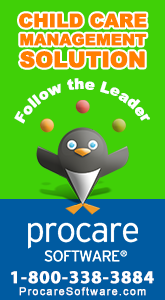3 Room Arrangement Keys
Emily Maroutian
In her classic Exchange article, "3 Keys to Flexible Room Arrangement," which is included in the Exchange CEU Kit: Physical Environment and Room Arrangement, Elizabeth Prescott stresses the importance of "paying attention":
"Flexibility, in and of itself, does not guarantee that a room will serve its users. It is only a tool that makes it possible to adjust the setting as needed. Just because things can be changed does not mean that they should be. An important part of the social development of young children is learning how various settings work. For example, story time requires quite different behavior than working puzzles or dramatic play. There are all sorts of social subtleties to be mastered and the stability of spatial configurations plays an important part in the first steps of mastery. For this reason, I urge that flexibility be used thoughtfully to facilitate and expand a child's confidence that the rules of a setting have been mastered.
"How can you tell if a room is working as you would wish? One easy and effective way is to ask yourself at the end of each day what went well and what did not satisfy you. If you repeatedly have the same complaints, the space is probably not supporting your intentions. It may be that, as the year has progressed, the setting has been getting more complex with added props and expanded play. As a result, the pathways may have shifted or almost disappeared. The storage areas may now make it hard for children to find what they want and to clean up because no one is sure where things belong."
For more information about Exchange's magazine, books, and other products pertaining to ECE, go to www.ccie.com.
|
© 2005 Child Care Information Exchange - All Rights Reserved | Contact Us | Return to Site


